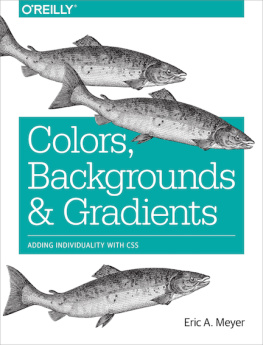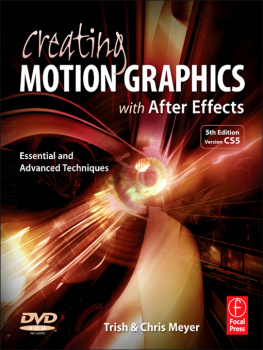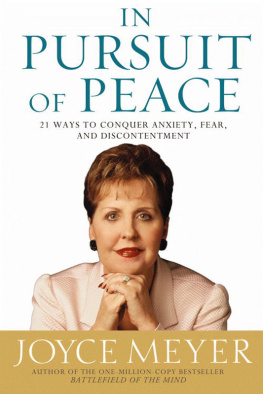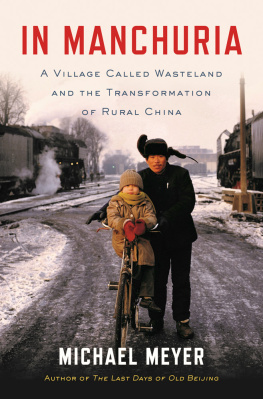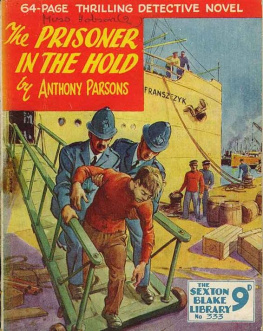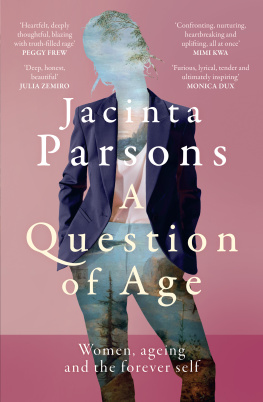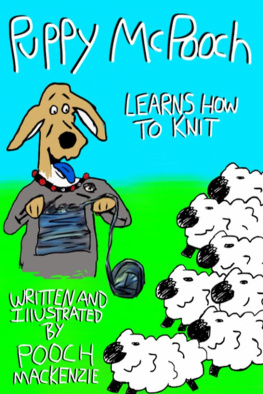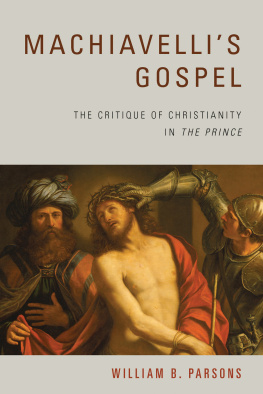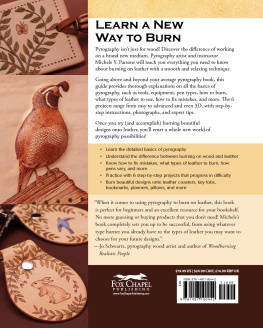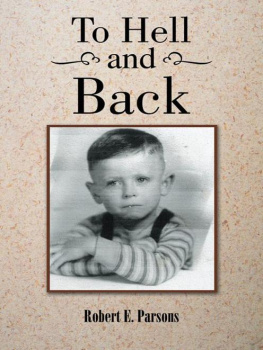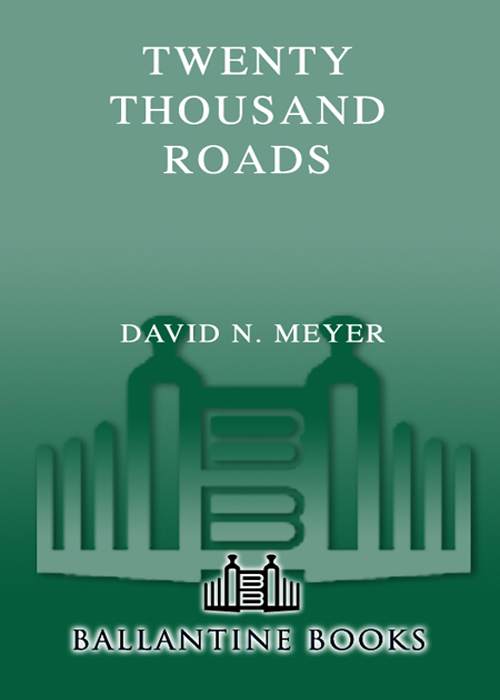

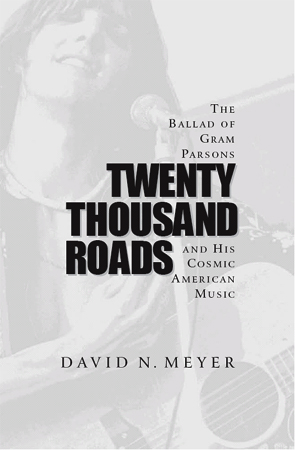
CONTENTS
This book is dedicated to
Sarahjane Blum, Tessa DeCarlo, and Jesi Khadivi,
my sweethearts of the rodeo
Bruce Tracy,
an exceptionally patient and discerning guy
Lester Bangs
Just because we wear sequined suits doesnt mean we think were great, it means we think sequins are great.
GRAM PARSONS
Anyway, it is said that during the gestation of Remembrance of Things Past, the author gradually became convinced of a frightening psychological truth: Contrary to popular belief, people do not learn by experience. Instead, they respond to a particular stimulus in a predictable way, and this repeatedly. Again, again, again, and again this undeviating, compulsive response may be observed. Again, again, again, and again, generation after generation, the dismal message reappears like writing on the wall.
EVAN CONNELL,
Son of the Morning Star
So try to understand the pain
It takes so long when I explain
Please, dont you forget
How much Ive lied
GRAM PARSONS,
How Much Ive Lied
PROLOGUE
IS HE THE FAMOUS?
THOUGH NEW ORLEANS IS RENOWNED FOR HAVING THE MOST BEAUTIFUL graveyards in Americaurban death museums featuring bodies buried aboveground in ornate marble mausoleumsGram Parsons lies far from the center of town and its elegant boneyards. His charred remains rest in a lush, green, and perfectly conventional cemetery a mile from the airport, twenty miles from the heart of the Crescent City.
Today the roadway to Grams graveyard remains grim as death, an industrial four-lane gauntlet of auto wreckers, towing yards, and cement plants. How isolated and remote the place must have been when Gram was buried in 1973, how unNew Orleans and lacking in glamour. But if the setting is drab, Gram Parsons grave itself was, until recently, unabashedly low-rent.
The grave marker is a six-inch-round stone disk with a connector-like snout protruding from the center. The engraved circular inscription is too small to read when standing. If you kneel and slowly rotate your head you can barely make out the tiny dirt-filled letters. Just behind the marker stands a small yellow plastic square mounted on rusty rebaran aid to the death tourists who come ten to the day on weekends. A black plastic arrow glued to the yellow square points down. If you didnt know it was a grave, youd swear that black arrow marked a sprinkler hookup for the grounds crew. I certainly did.
New Orleans cabbies talk a lotthey like to connect. A cab ride of any length usually features some bizarre intimacy. As we roll out of town through a pounding March rain, my cabbie grills me on my mission. Five minutes outside the French Quarter, we stop in frozen traffic. At the intersection ahead, a hundred-odd dancers in feathered outfits leap and swirl, knotting up the streets and drawing the locals out of the two-story red projects that line the corner. Its nowhere near Mardi Gras; this is a neighborhood impromptu. Traffic stretches behind us as three New Orleans cops lean on their cars and watch the scene. No one seems to mind the gridlock or the rain.
My cabbie wants to chat. He insists that hes Moroccan; his unspoken concern is that I might take him for a light-skinned Louisiana black man. His French accent makes him sound like a mixed-race Louisiananbut hes adamant that hes not from anywhere around here. Bloodlines and gradations of whiteness apparently still matter in these parts, and hes sensitive to misidentification. Pedigree, class, and family identity matter, too, and all exerted a strong force on Grams life. Given that his journey relentlessly produced its own inescapable metaphors, its no surprise that my cabbie grants me the necessary metaphorical context for a graveside visit.
Pedigree and gradations of whiteness used to matter to me, too. I was raised in a desolate hick town in north Georgia that was not much bigger than Grams hometown of Waycross, down in the southern, swampy part of the state. And from tenth grade on, when the music I listened to became my self-definition and moral compass, I pretty much tuned out white music. Especially country. Country music incarnated everything I loathed about my hometown, the South, and all they represented: violence, racism, small-mindedness, desperate conformism, knee-jerk patriotism, oppressive Christianity, and blind obedience. Not to mention high school football.
Rejecting all this music (and an entire race) was not as idiotic a position as it might sound, even for a tenth grader. During the day, my hometown radio played only the lamest and most commercial country. After midnight, otherworldly possibilities floated through the mountain air from the blessedly clear WLS-AM in Chicago. At the time, music was as segregated as my high school. You could get beat up over what you listened to, and in other parts of the statelike Atlanta, where actual hippies were reputed to existyou could get murdered for having long hair.
All I knew of country music was the TV show Hee Haw and the twenty-times-a-day rotation of Okie from Muskogee. Buck Owens red, white, and blue guitar gave me the creeps, as Im sure Buck intended it should. For me and many others (and a lot of them were country musicians), country incarnated the forces of reaction. It made a point of being pathologically anti-hippie, pro-Vietnam, pro-authority, pro-Jesus, and pro-Nixon. Music was a collection of willfully exclusionary fortresses, each policing its own vision of morality, making sure its message got out and ensuring that no infiltrators watered down its values. Country, psychedelic guitar rock, radio pop, soulyou picked your tribe and stuck with it. As for blues, old-time white rural string music, John Coltrane, or the Velvet Underground, I didnt have a clue. How could I?
So I raised myself on soul music and was lucky to be in high school during the perfect era to do so. Otis Redding, James Brown, Stax-Volt, and Motown were my salvation. I grew up convinced there was no insight or worthy emotion to be heard from anybody whiteexcept maybe Gregg Allman, who didnt exactly sound black, but who clearly had soul.
Then one day in Chapel Hill, North Carolina, Gram Parsons voice came floating out of a dorm window onto the quad where I was throwing a Frisbee with my long-haired Southern soul-obsessed friends. And that was it: As Martin Sheen says in Apocalypse Now about the voice of Colonel Kurtz, It really put the hook in me. Gram Parsons voice was then, and remains today, the most moving white voice I know. For me, for my soul, Gram Parsons voice lives with the voices of Robert Johnson, Patsy Cline, Furry Lewis, Lou Reed, Otis Redding, Joey Ramone, Charley Patton, Alex Chilton, Townes Van Zandt, Lowell George, George Jones, Brian Wilson, Dennis Wilson, Carl Wilson, Son House, Gregg Allman, James Booker, and Chet BakerAmerican voices that transcend any rational discussion and, really, anything rational at all.
Gram Parsons voice led me to the world of country, to the world of white rural American music, and thus, years later, into recognizing how few categories or separations or genus-naming make any sense at all when you listen, truly listen, to the music of America. Gram preached his idea of Cosmic American Music, a holy intersection of unpolished American expression: gospel, soul, folk, Appalachia, R&B, country, bluegrass, blues, rockabilly, and honky-tonk. That sound remains difficult to define but has become, in large part because of Gram Parsons, easy to recognize. Gram Parsons music convinced me that Cosmic American Music exists. His voice led me to the America where it does.
Next page

